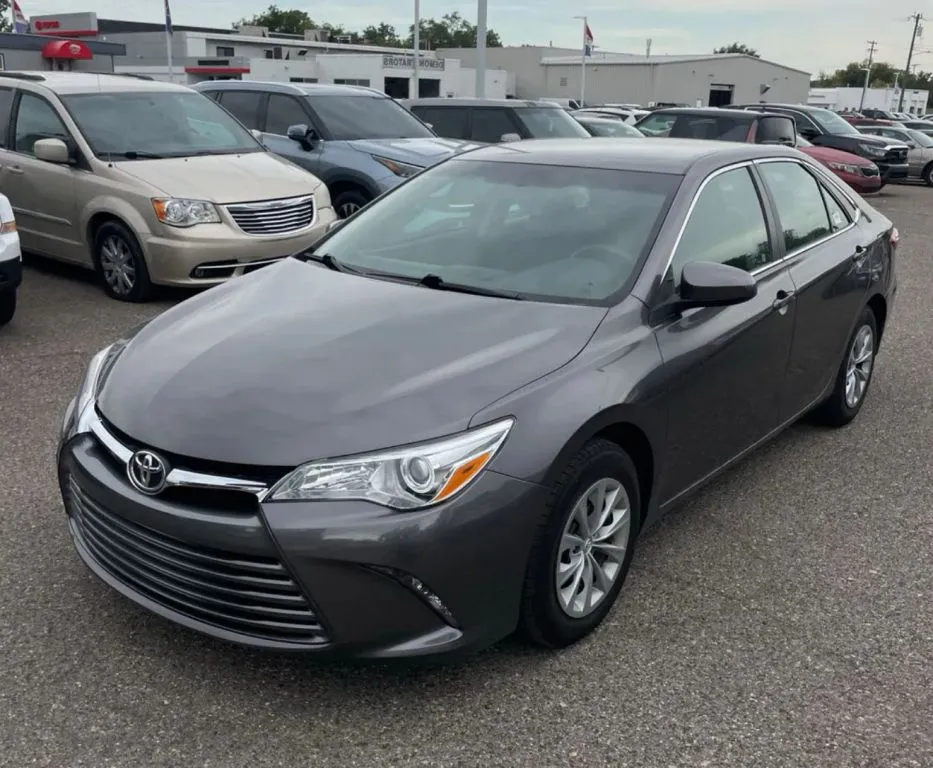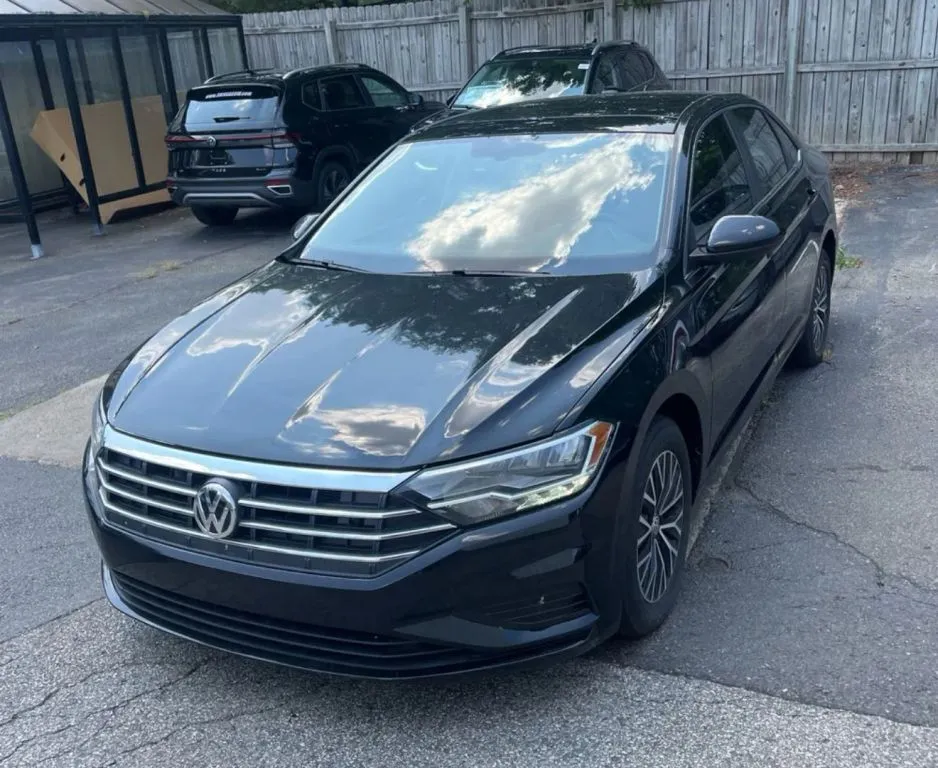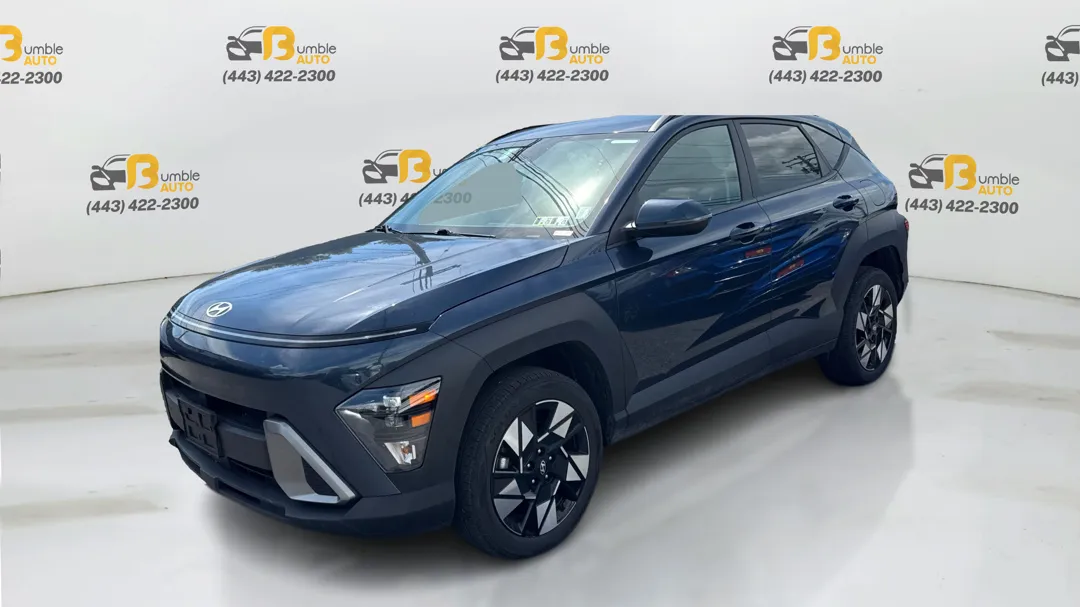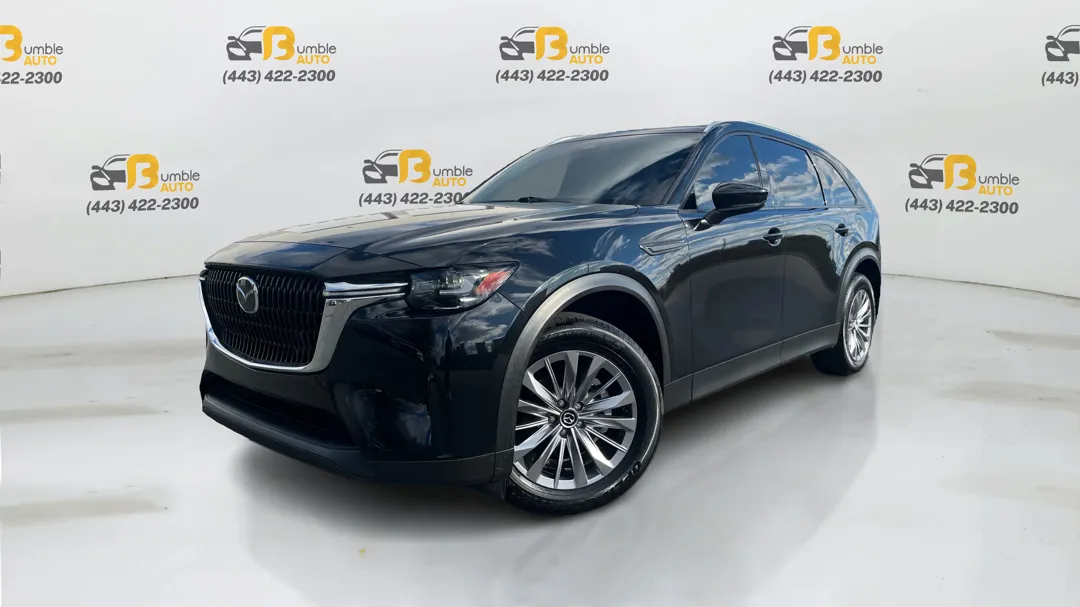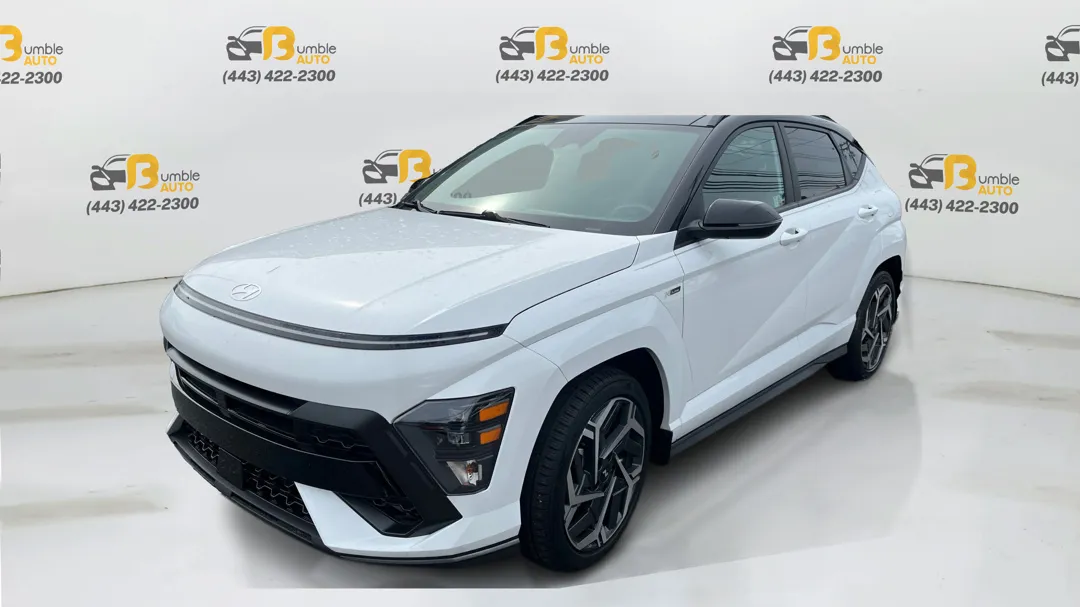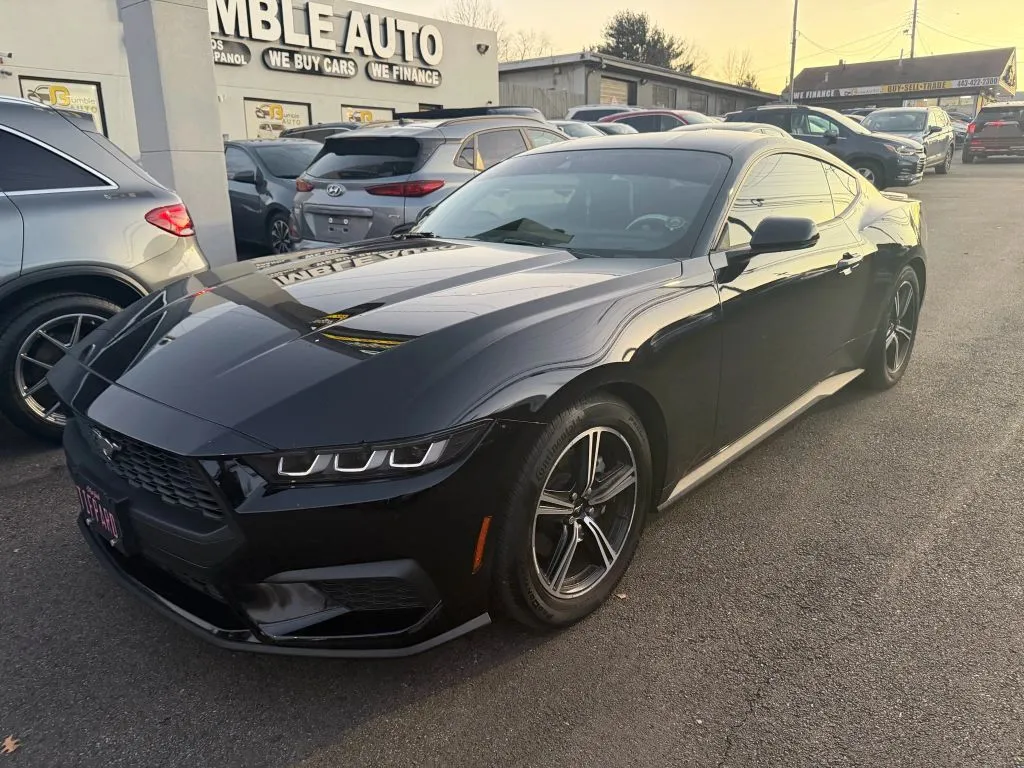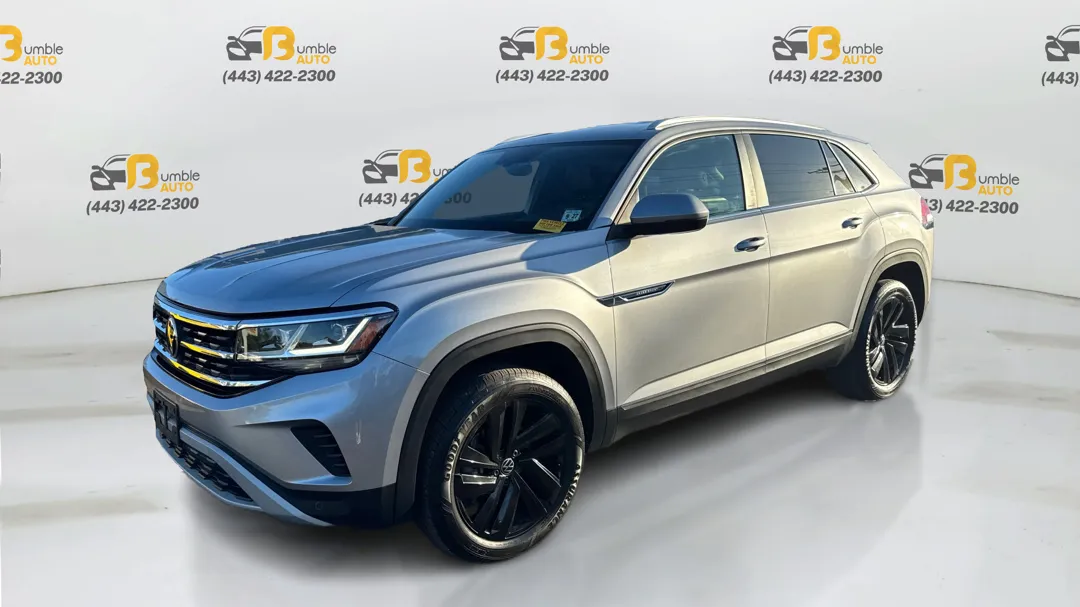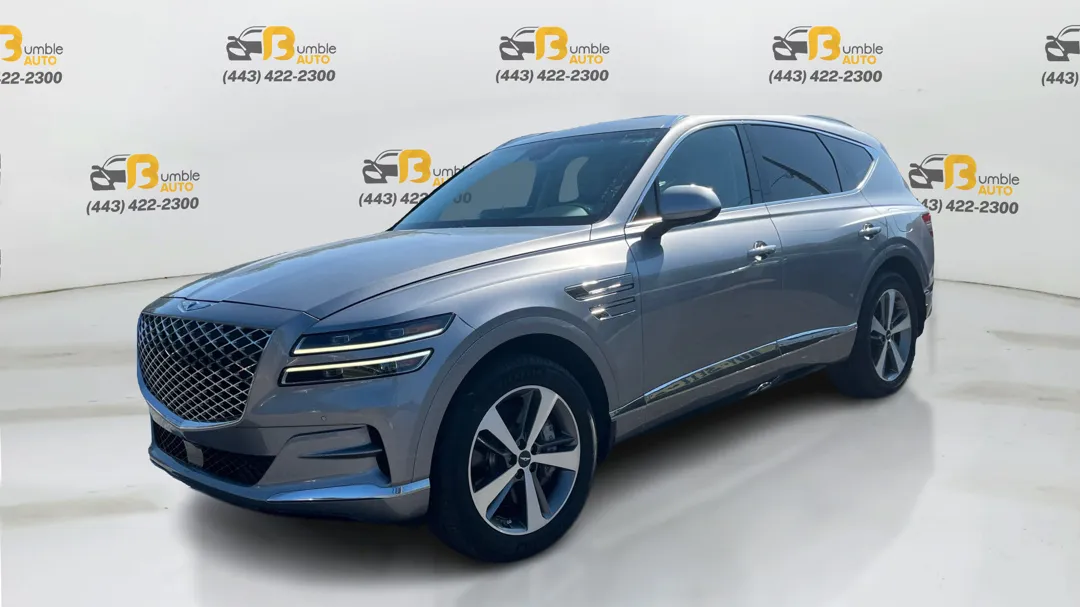10 Tips on Car Trade-in You Need to Know
Table of Contents
10 Tips on Car Trade-in You Need to Know

As you might know, many car dealers offer trade-in car services . Trading in your current vehicle at a car dealership may not be the best option for everyone, but it can be an easy way to part with it, especially when you want to buy or lease a new or used car. Essentially, what you do is sell your used car to the dealer , and the amount they pay gets taken off the value of whichever vehicle you want to buy. Following the car trade in tips below can help maximize your gain from a trade-in and reduce any time-wasting, leaving you with a sold car in no time. Read on to find out more.
1. LOOK AT WHAT YOU OWE

If you still owe money on your current vehicle and that amount is more than the car is worth, then it’s often but not always probably better to wait. Even if you’re itching to purchase a new vehicle, it doesn’t make sense to do a trade in when waiting a little longer will provide you with an obvious benefit. Exceptions would be if your car requires major repairs that are not worth the investment; if the car is no longer safe to drive or right for your family; or if you have the means to pay the difference.
2. RESEARCH THE VALUE
Before heading to the dealership, go online, and find out what your car’s average trade-in price is. Dealers always want to pay the least amount possible. For this reason, some attempt to low-ball the consumer with a price that’s below the net value of the trade-in.
If you don’t know what your car is worth, you’re likely to accept any offer. Therefore, do your research before stepping foot on the dealer’s lot. There are several reliable sources such as Bumble Auto used car dealership online, where you can find this information, just get online and enter the make, model, year, mileage, and condition of your car to learn the trade-in value. Print a copy of this information and bring it to the dealership.
3. SHOP AROUND

You may get a substantially better offer from one dealer compared to the next, so it’s smart to shop around. What you’re able to get for your vehicle may also vary if you’re planning to finance a new car for the trade in.
4. CONSIDER TIMING
One of the significant trade in tips buying a car is when you decide to trade in your car. Waiting for a particular time to trade-in your car may not be suitable for everyone due to time restrictions. However, it is recommended to trade in and shop for a new car toward the end of the financial year.
Many experts say that fall is a good time to approach a dealer about a trade-in because they’re looking to move soon-to-be outdated models from their inventory before the latest models come in. The condition of your vehicle also might be a consideration it’s better to do a trade when your car is still in decent shape and something other drivers will be interested in buying used.
5. SPRUCE UP THE CAR

Any cosmetic damage to your car can lower its net value and cause a low trade-in value. We’re not saying you should repair every issue your vehicle has. Just do enough to make your car presentable. The only repairs you should do are the ones whose costs you’ll recoup from the value they add to your trade-in.
Use a small budget. Repair the most obvious issues. Simple repairs can add significant value to your car and increase the trade-in offer.
6. PROVIDE SERVICE DOCUMENTATION
One of the used car buying do’s and don’ts you should pay attention to is to check the car’s history report. Be sure to keep and present receipts of all the maintenance work you’ve done to the car, any improvements (tires, aircon, sound system) as well as an up-to-date service book. It’s one of the crucial used car trade in tips, so be transparent about the car’s history, it will create trust with the dealer. Tell them if the car was in an accident or has any structural rust or electrical faults.
7. LOOK FOR PROMOTIONS
Be aware that a dealership’s offer on your trade-in can be affected by several factors, including current inventory and the likelihood the car will sell. Look for dealers who may be offering special promotions with trade-ins, or visit at the end of the month when sales quotas need to be met. It’s always recommended to get quotes from competing dealerships to find the best deal.
8. SEPARATE TRADE-IN AND NEW CAR TRANSACTIONS

Conventional wisdom dictates that each transaction should be treated separately. If you’re trading in your vehicle, be sure to draw a clear line between the trade-in and new car negotiations.
If the trade-in process is mixed with the negotiations of a new-vehicle purchase, the dealer might try to swindle you into a bad deal. The many variables involved in a new car purchase, such as finance rate, new car price, and down payment amount should be negotiated separately, and shouldn’t affect the price of your trade-in.
9. EXPLORE THE TAX ADVANTAGE
All but eight states allow you to pay sales tax on the purchase price of the new vehicle minus what the dealer is giving you for your car trade-in. The reduction in sales tax in states with rates of 9 percent to 11 percent can be substantial. Check your state’s tax advantage, you can save as much as $1,000.
10. DON’T FORGET ABOUT THE INSURANCE
The last important thing you should take care of in the days after you trade your car in is calling your auto insurance company to cancel your old car policy and ensure that insurance is in place for your new vehicle. Don’t automatically assume that the same coverage and limits you had on your old car are appropriate for the new one.


